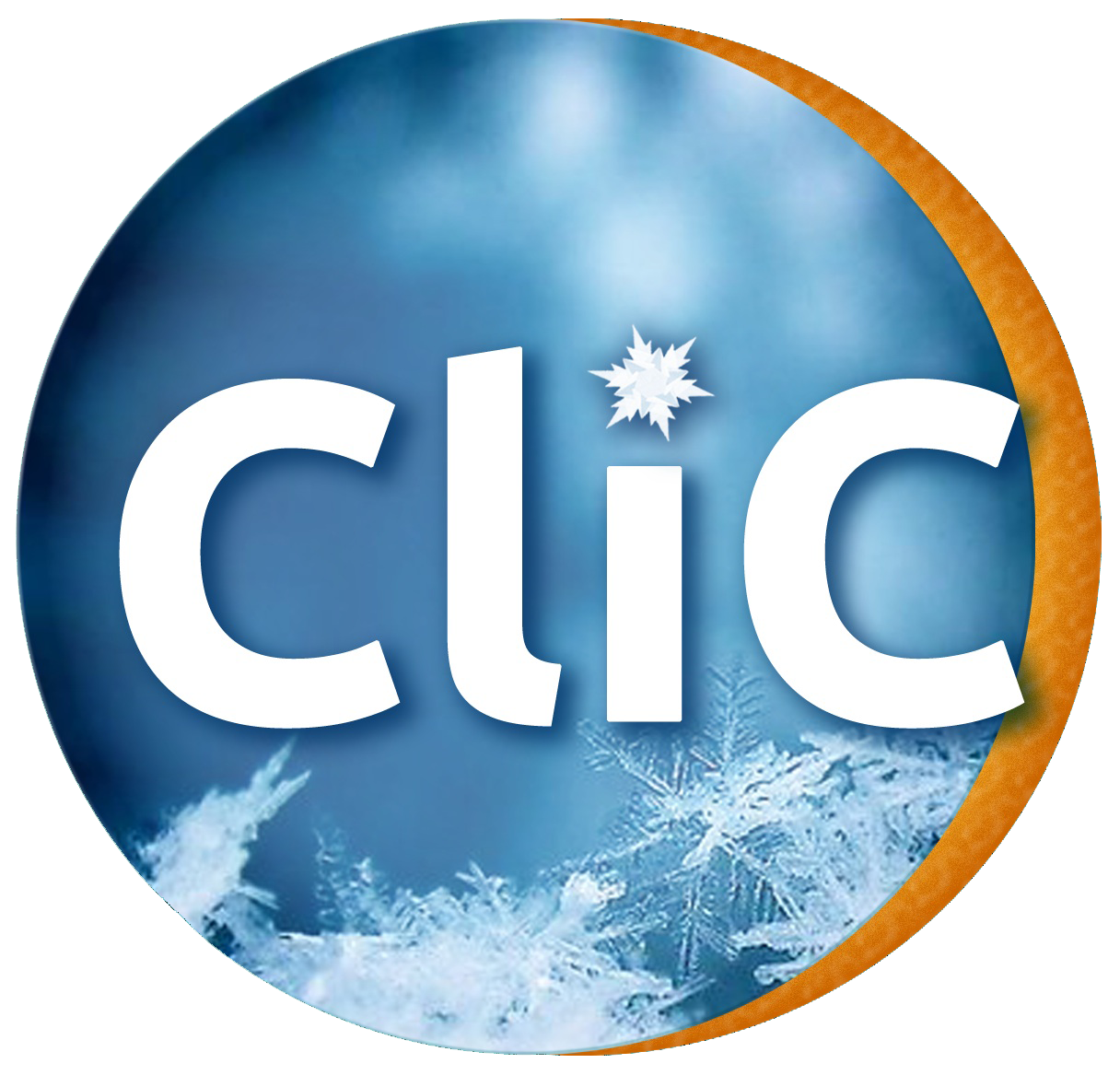We are delighted to announce the winners of the Early Career Presentation awards at the recent 7th SPARC General Assembly. In keeping with the multi-hub nature of the meeting, we awarded prizes for best oral and best poster presentation at each of our three hubs.
Best ECR oral and poster presentations
| Hub | Winner | Type | Title |
| Asia | Jiankai Zhang | Talk | Responses of Arctic sea ice to stratospheric ozone depletion |
| Feiyang Wang | Poster | Influence of stratospheric polar vortex on the tropical convection related to MJO | |
| Europe | Jonas Spaeth | Talk | Predictors of Arctic Oscillation Variability as Revealed by Subseasonal-to-Seasonal Forecasts |
| Irina Statnaia | Poster | Factors affecting sub-seasonal forecast skill of Northern Eurasian cold spells | |
| Philipp Breul | Poster | Revisiting the wintertime emergent constraint of the Southern Hemispheric midlatitude jet response to global warming | |
| Americas | Peidong Wang | Talk | Chlorine processing after the 2020 Australian wildfire |
| Xinyue Wang | Poster | Stratospheric Responses to the Hunga Tonga Volcanic Eruption |
Thank you to everyone who helped us to judge the presentations and particularly to Alison Ming for her organisation of the process.

